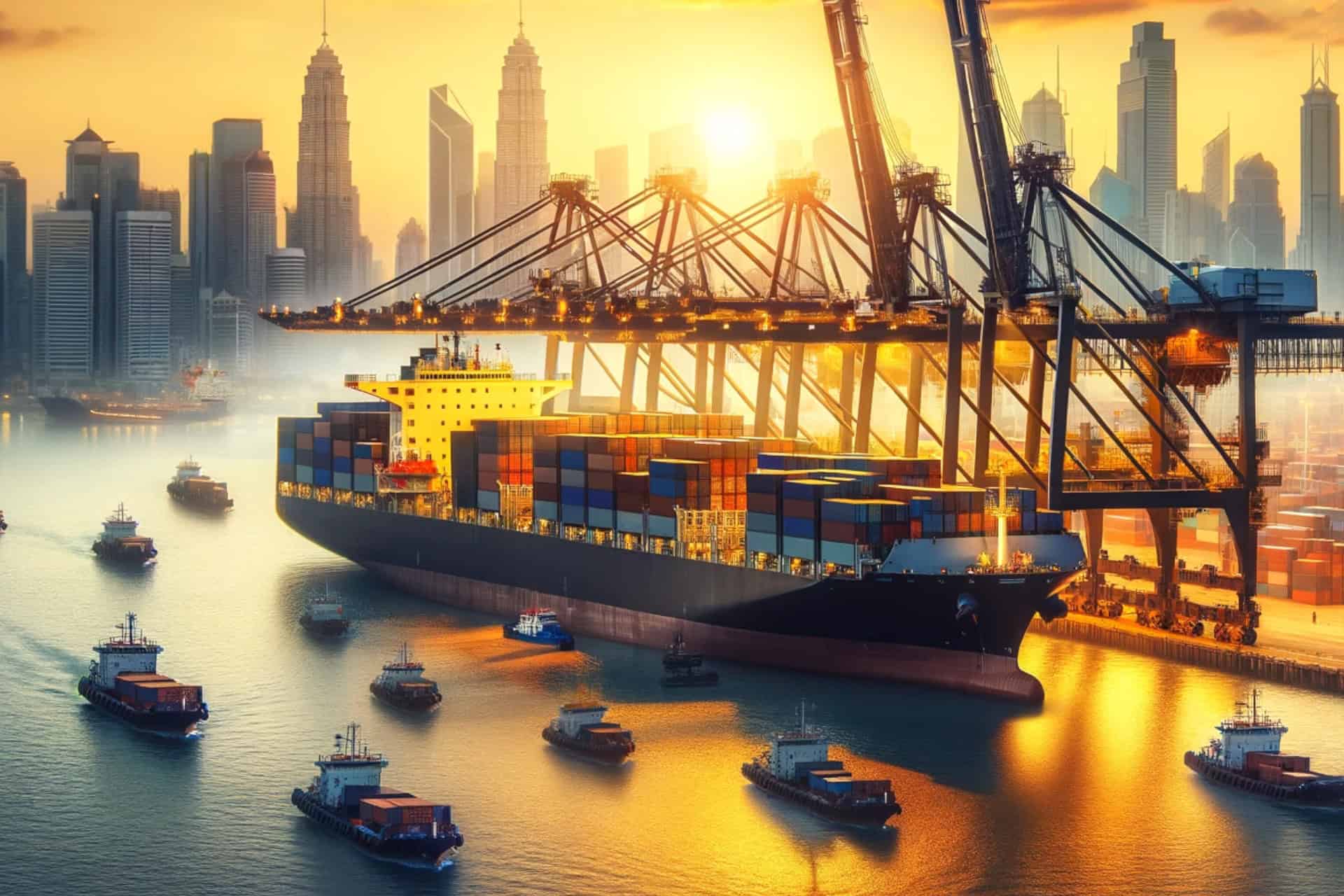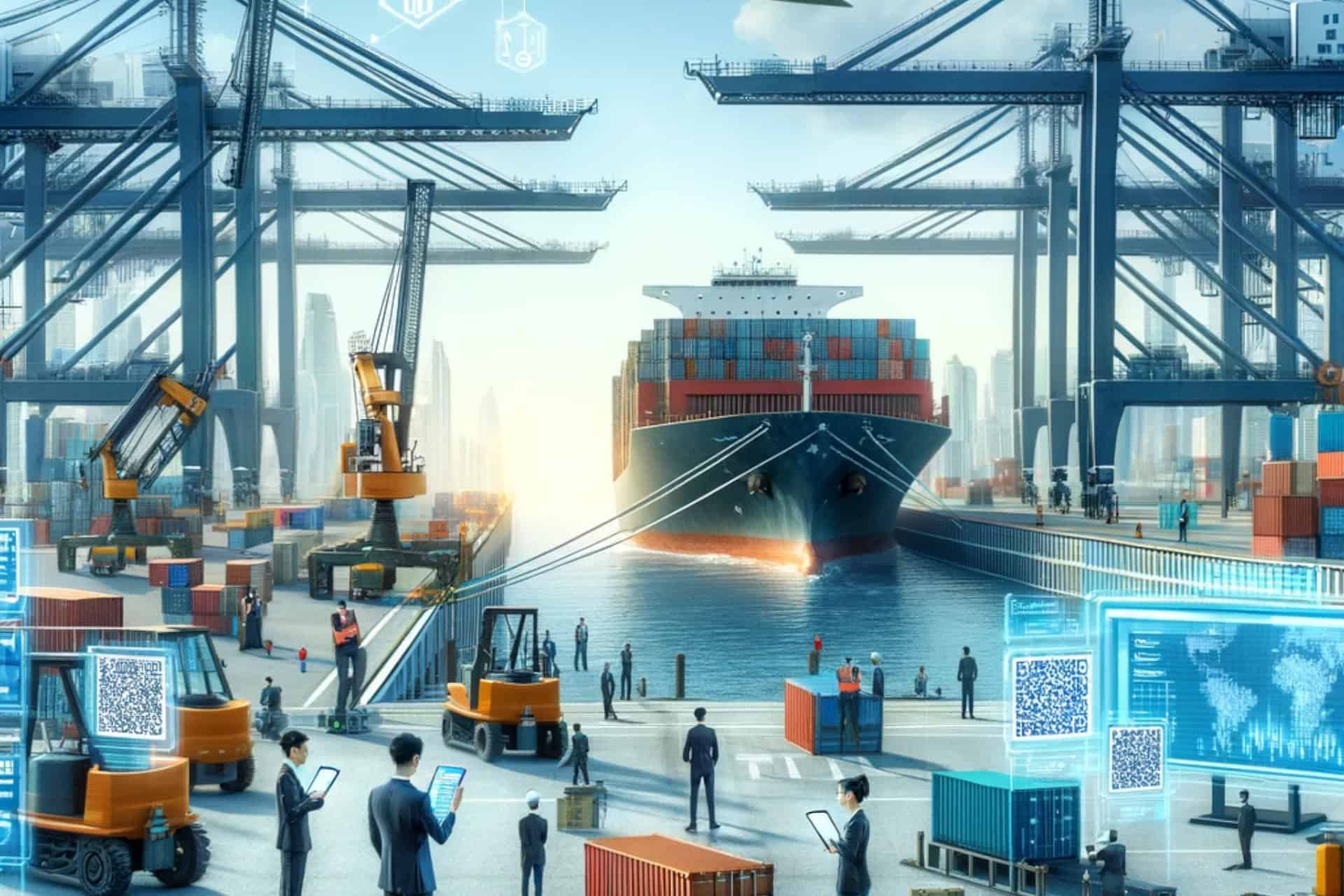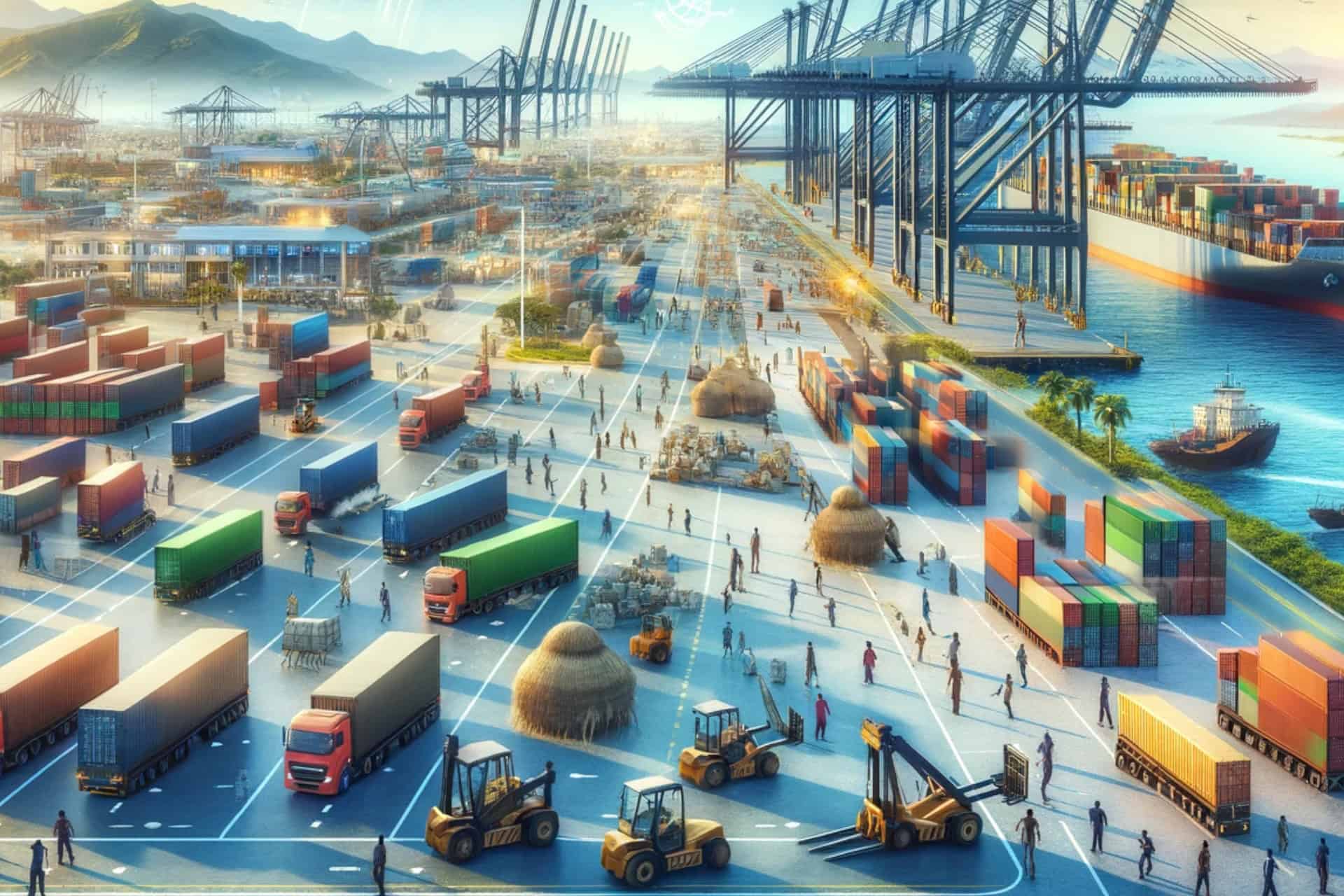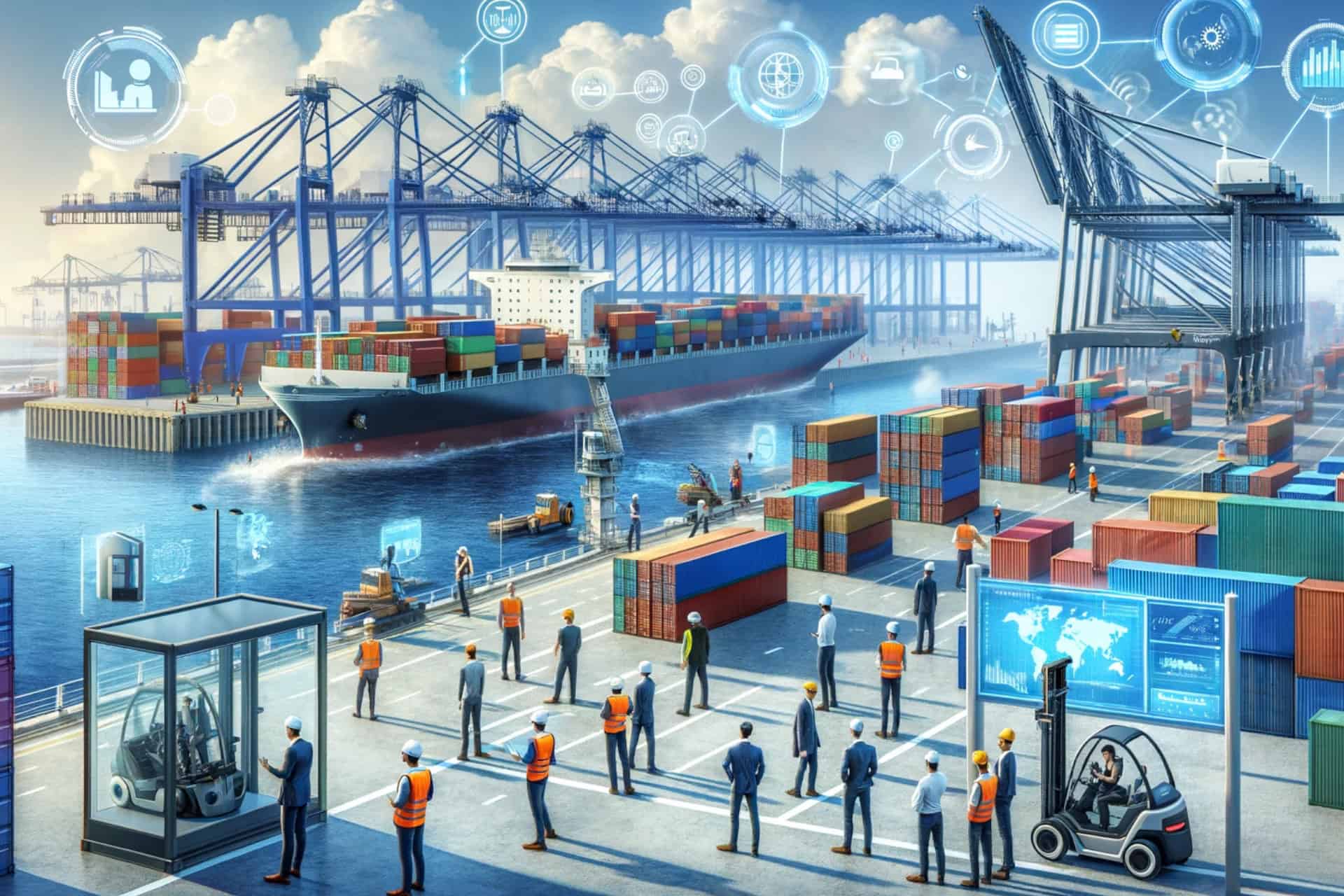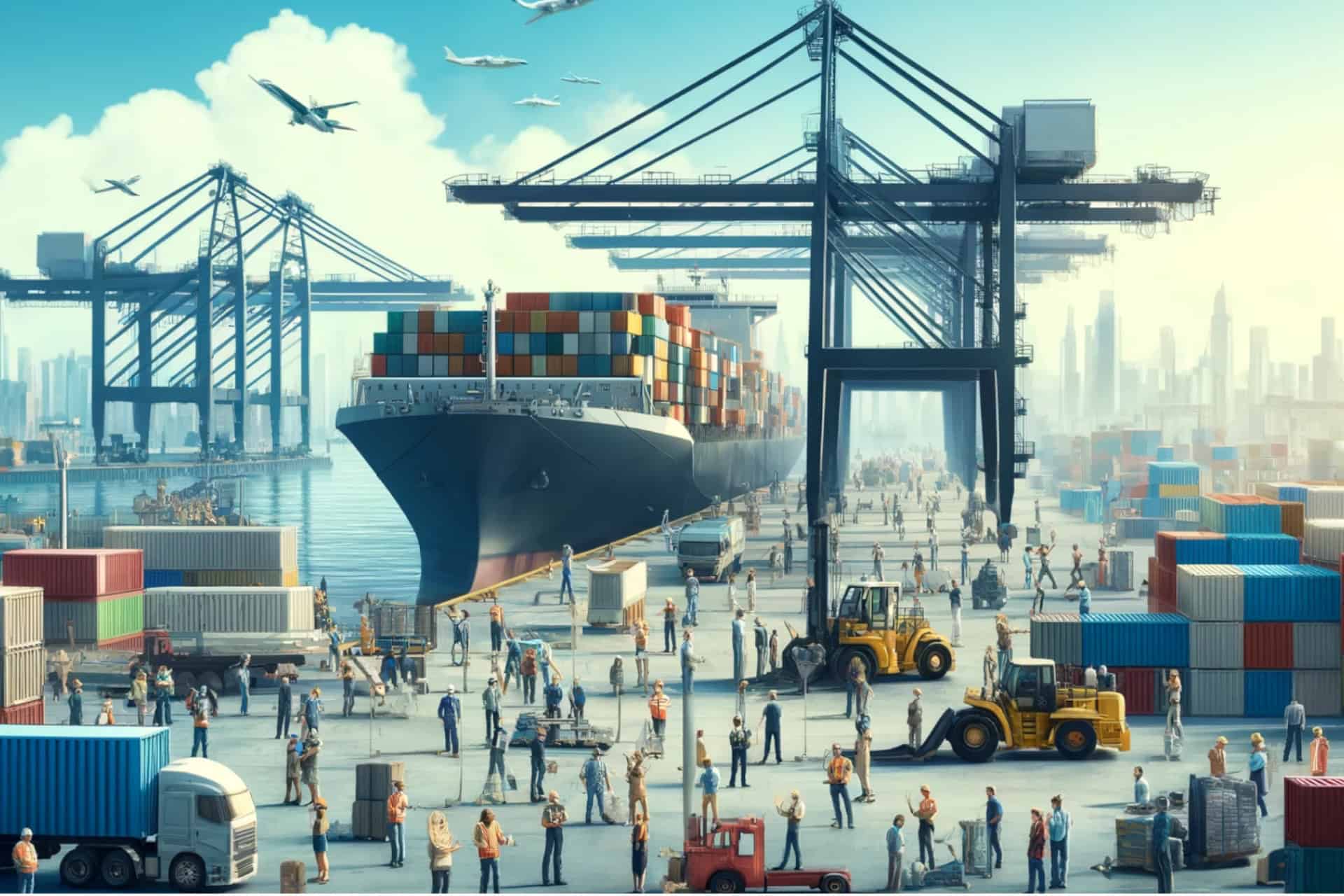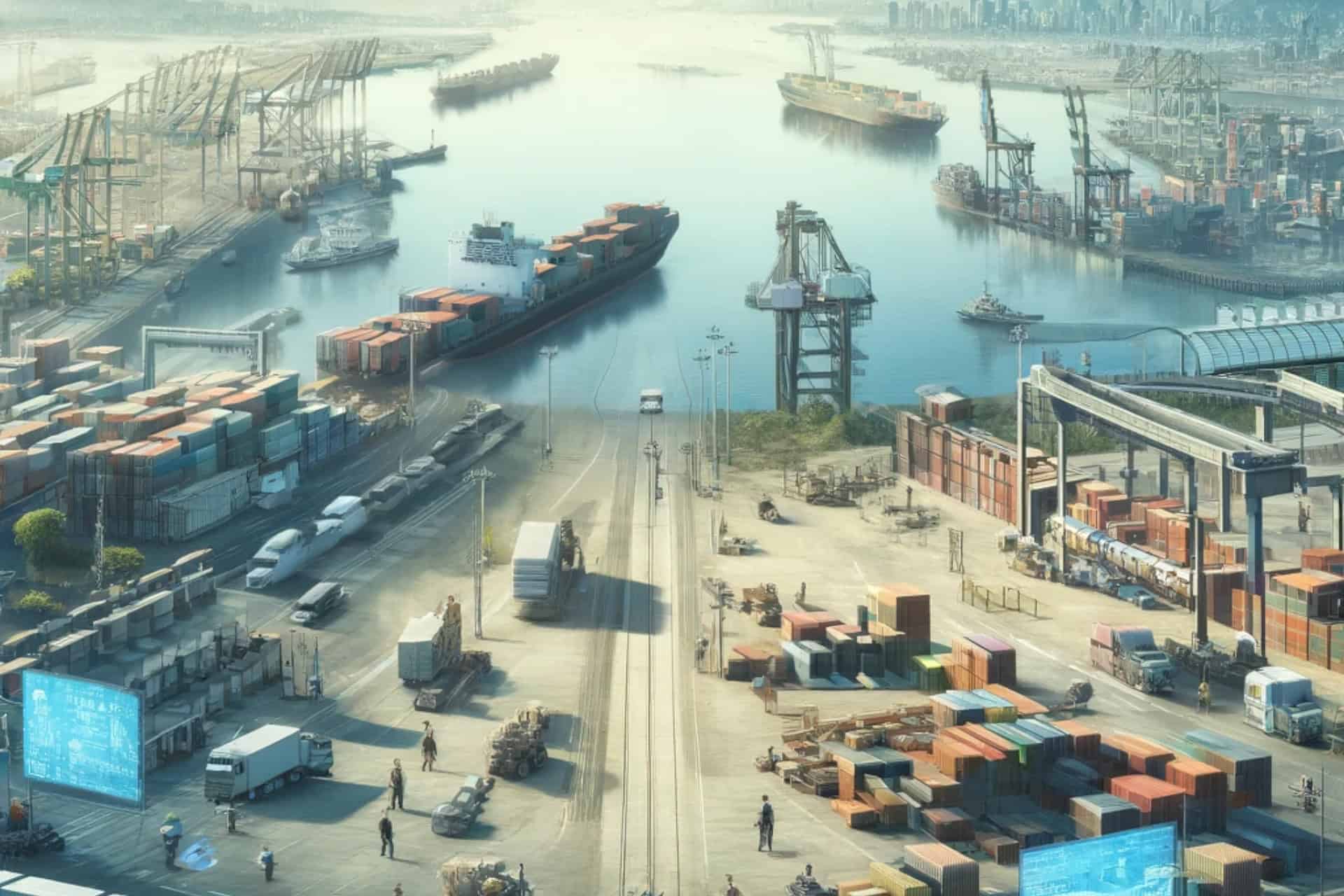The Covid-19 pandemic has had a profound impact on international trade, disrupting global supply chains, shifting consumer behavior, and accelerating the digital transformation. It has also led to a rise in protectionism and trade barriers, challenging the principles of globalization. However, the pandemic has also created opportunities for resilience and diversification in international trade. As the world continues to navigate the challenges of the pandemic, it is crucial to find a balance between safeguarding public health and maintaining the benefits of international trade, fostering collaboration and innovation for a sustainable and inclusive recovery.
Supply Chain Disruptions
One of the immediate and profound impacts of the pandemic on international trade was the disruption of global supply chains. As countries implemented lockdown measures, factories shut down, logistics networks were strained, and transportation became more challenging. The closure of borders and restrictions on movement further complicated the movement of goods, leading to delays and shortages of essential products. Businesses faced difficulties in sourcing raw materials, components, and finished goods, highlighting the vulnerabilities of global supply chains.
Shifts in Demand and Consumer Behavior
The pandemic has reshaped consumer behavior and altered the demand for certain goods and services. With lockdowns and social distancing measures in place, there was a surge in demand for essential items such as personal protective equipment (PPE), medical supplies, and groceries. At the same time, industries such as tourism, hospitality, and non-essential retail experienced a severe decline in demand. These shifts in consumer preferences and behavior had a profound impact on global trade patterns, with some industries adapting quickly to meet changing demands while others faced significant challenges.
Digital Transformation and E-commerce Boom
As physical stores faced closures and consumers turned to online shopping, e-commerce experienced a tremendous boom during the pandemic. Businesses that had established digital infrastructure and robust e-commerce platforms were better positioned to weather the storm. The rise of e-commerce not only provided a lifeline for many businesses but also highlighted the importance of digital transformation in international trade. Companies that embraced technology and adapted their business models to cater to the online market thrived, while those that lagged behind faced difficulties in reaching customers and generating revenue.
Rise of Protectionism and Trade Barriers
The pandemic has also led to a rise in protectionist sentiments and the implementation of trade barriers. Some countries imposed export restrictions on essential goods, leading to concerns about the availability and affordability of critical medical supplies. The desire to secure domestic supply chains and protect industries from foreign competition has led to an increase in trade protectionism. These measures, while aimed at safeguarding national interests, have the potential to disrupt global trade flows and hinder economic recovery.
Opportunities for Resilience and Diversification
Despite the challenges, the pandemic has also created opportunities for resilience and diversification in international trade. The disruptions highlighted the risks of overreliance on specific countries or regions for critical supplies. As a result, businesses and governments have started exploring strategies to diversify supply chains, seeking alternative sources and partners. This presents an opportunity for increased regional cooperation, as countries aim to strengthen their self-sufficiency and reduce vulnerabilities in the face of future crises.
Related Information






